Since the mid-1950s, mechanical seals have become increasingly popular as shaft seals over the traditional stuffing box.
Components
Mechanical seals
Mechanical seals
Since the mid-1950s, mechanical seals have become increasingly popular as shaft seals over the traditional stuffing box. Compared to the stuffing boxes, the mechanical seals offer the following advantages:
- They hold tight to the shaft in the event of minor displacements and vibrations.
- You don't need to be hired.
- The sealing surfaces
Contents
Product Ad
Image
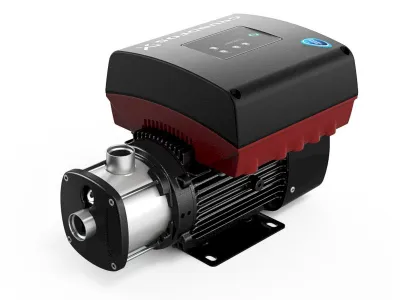
COMPACT, FLEXIBLE, RELIABLE SOLUTIONS FOR TIGHT SPACES
Jobs
Mounting
Mechanic/Welder (m/f/d) at GEA
We are looking for three mechanics/welders (m/f/d) at our Berlin location.
Image

GEA Refrigeration Germany GmbH
Berlin, Germany
Fulltime
Project management refrigeration technology
Commercial Employee Order Processing in Engineering (m/f/d)
To strengthen our team, we are looking for a commercial employee to handle engineering projects as soon as possible.
Image

MTA Deutschland GmbH
Nettetal, Germany
Fitter refrigeration technology
MTA Refrigeration Technician (m/f/d) in Customer Service for Baden-Württemberg
To strengthen our team for the Stuttgart region, we are looking for you as a Refrigeration Technician (m/f/d) for our customer service.
Image

MTA Deutschland GmbH
Nettetal, Germany
Fulltime
Get in Touch with the Author
If you have any questions or would like additional information, the author of this article is happy to assist you. Simply use the options below to get in touch directly.
Related Products
Image

end-suction close-coupled pumps
Image

The complete condensate lifting unit series for significantly more safety
Image
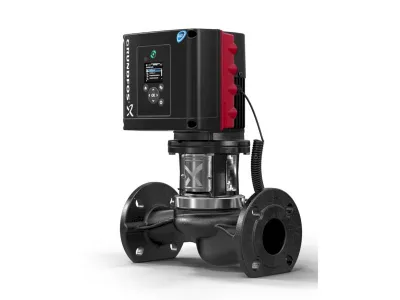
single-stage, in-line centrifugal volute pumps
Image
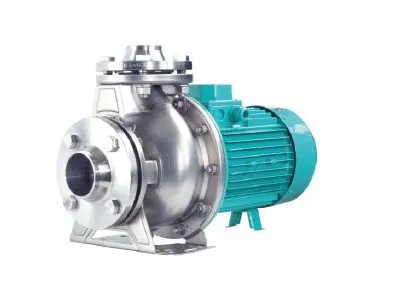
Universal centrifugal pump made of stainless steel
Image
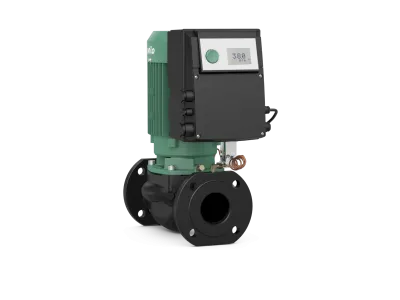
Electronically controlled glanded single pump in inline design with flange connection and automatic power adjustment
Image
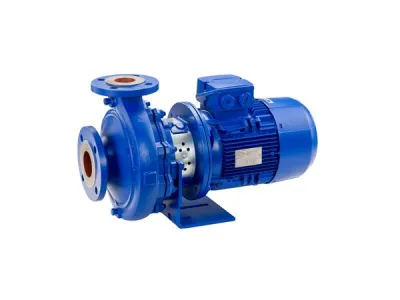
Single-stage volute casing block pump
maximum flow rate: 716 m³/h
maximum drive power: 55 kW
maximum flow rate: 716 m³/h
maximum drive power: 55 kW
Related Articles
Understanding Shut-Off and Control Valves: Essential Insights
When dealing with shut-off and control valves, it’s crucial to understand their operation and maintenance to ensure optimal performance and longevity.
What to Consider with Check Valves
The design is generally determined by the mass flow rate and not by the pipe diameter.
The refrigerant condenser
In the refrigeration cycle, the refrigerant releases its heat in the condenser. Different designs and systems are used in everyday life.
Sight glasses in refrigeration systems
Sight glasses provide important information on the condition of refrigeration and air conditioning systems.
Precise media temperature control
Precision refrigeration and air conditioning are essential for many applications
4-way reversing valves
Structure, function, assembly and use of 4-way reversing valves
Compressors for direct current
Compressor technology for mobile refrigeration technology and mobile cool boxes
Infinitely variable compressor capacity control
The combination of compressor and frequency converter for stepless speed control
mechanical cooling water regulator
Cooling water regulators are valves specially designed for water-cooled condensing units



